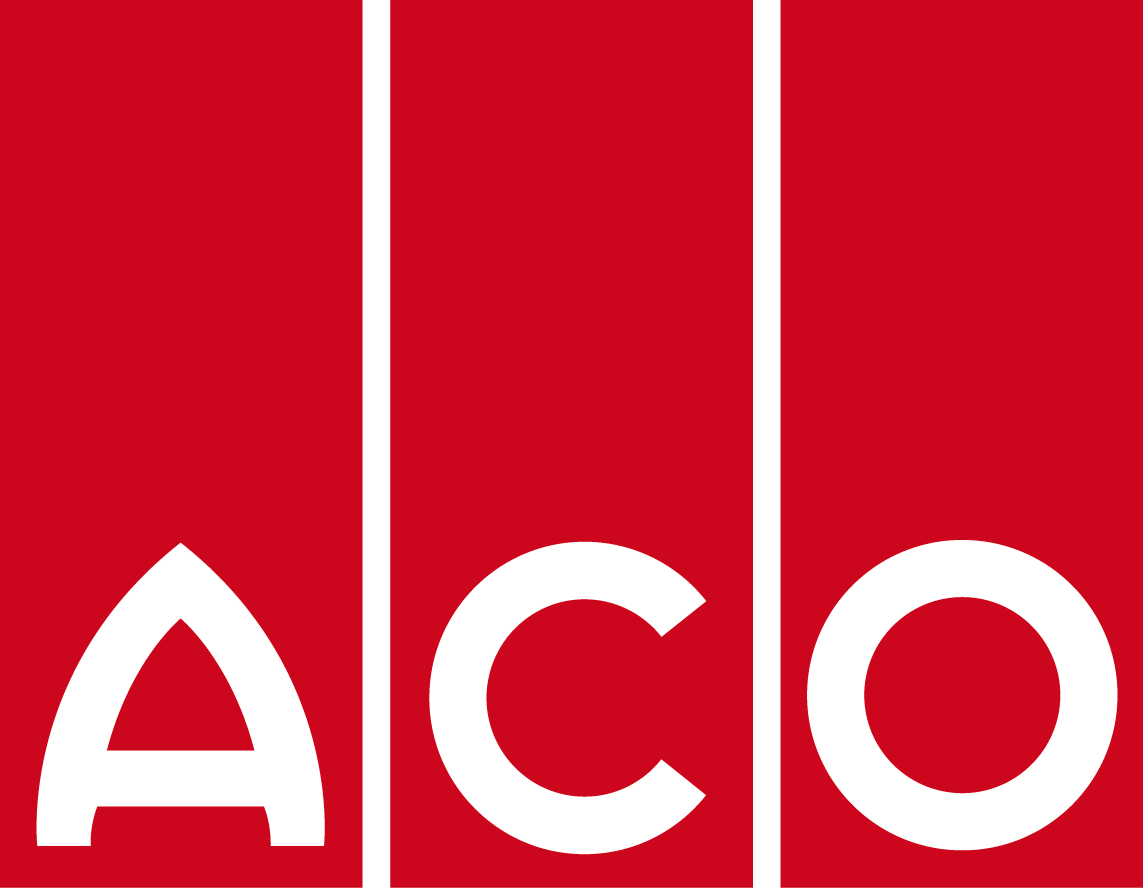Steps to design a watertight drainage system
Effective waste water management in a properly designed drainage system ensures optimal hygiene and also minimises the risks of disruption to production which can be caused by drainage blockages, floods and leaks. When designing your drainage system, it’s important to take a holistic approach to specification and there are a number key factors to consider.
This month, we outline the key steps to properly design a watertight drainage system. Check out our article below.
If you’re working on a project, or are interesting in learning more get in touch, we’d love to hear from you!
Key steps to design a watertight drainage system
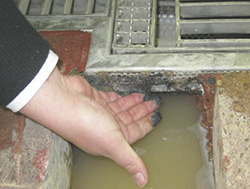 In the broadest sense, when specifying drainage there are four key areas to consider:
In the broadest sense, when specifying drainage there are four key areas to consider:
- Is your drainage fit for purpose?
- Is it integrated to the production environment?
- Is it designed by knowledgeable industry experts?
- Is it designed to be cleanable?
When looking specifically at the processing of your waste water and the creation of a watertight system, it is important to consider the following items.
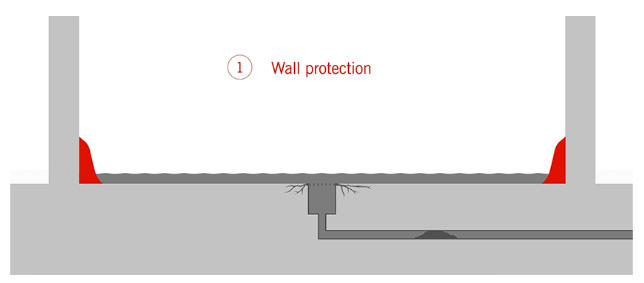
Waterproof wall protection is extending hygienic performance of food and beverage production facilities. Uncompromised water resistance can be achieved only by redesigning the way wall connects to the floor. Lifting up the border between wall and floor and creating fully cleanable and hygienic round corners is the most efficient way to create really waterproof drainage system. What more, it will help to protect your walls from impacts of factory vehicles and machinery.
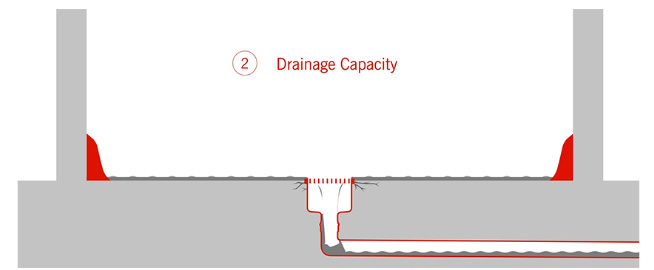
Correct placement, design and capacity of the drainage – drainage should be hygienically designed, suitable for current and future manufacturing applications and correctly positioned within a factory.
Key questions to ask include:
- What type of fluid or waste water needs to be drained?
- What thermal and shock loads must my drainage withstand and where will the machinery generating waste water be located? There is, for example, no point locating a machine that generates waste water several metres away from the drain.
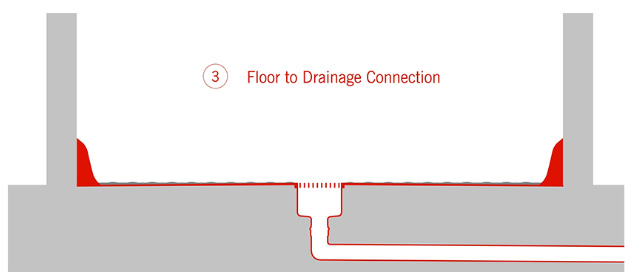
Reliable floor-drain connection – the flooring and drainage specified need to address ambient conditions. Specify the wrong floor or drainage and you are likely to see cracks in the flooring immediately surrounding the drainage, elevation of floor plate edges and even delamination of flooring, all of which compromise the performance of the drainage system and ultimately, your facility.
ACO and Sika recently completed a three-year research project to identify the most reliable floor-drainage connections. We’ll share more on this in next month’s newsletter, but if you can’t wait – get in touch!
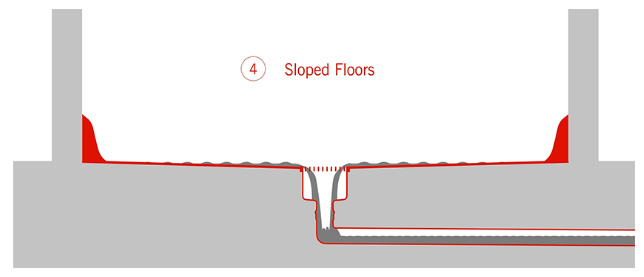
Appropriately sloped floors – floors should ensure that waste water runs from the wall to the floor and into the drainage. If floors do not have the appropriate angle of slope (known as ‘fall’), there is a risk that water will pool on the factory floor causing a hygiene and slip hazard. Expert advice on flooring specification can be obtained from leading flooring companies.
The design of an effective drainage system is essential. It will positively impact hygienic performance, food/beverage safety, employee health and safety, and operational costs.
Get in touch with your local sales representative to get the quickest advice on your drainage process.
